Midway through February I had my first taste of normality since last year: a day off! Feels amazing. The final death throes of thesis writing have been incredibly focused and stressful, so it was really wonderful to not be staring at a computer screen writing about Chernobyl. I’m fascinated by the nuclear disaster, but its good to come up for air.
Writing about Ukraine while in the UK, along with seeing the conveyor belt of media coverage that Ukraine has experienced, has made me feel nostalgic for Eastern Europe. The geographer Cindi Katz reminds us that there’s little distinction between the place of ‘fieldwork’ (for me, Ukraine) and the geographically separate yet emotionally connected spaces of writing. In the age of social media especially, the borders between ‘the field’ and home have become comprehensively blurred.
Since I left Ukraine in late 2013 – days before the Euromaidan revolution – the borders of Ukraine have been permanently changed, and I have been constantly reminded of the place I grew to know. Ukraine ‘experts’ have crawled out of the woodwork, and many photographers have cast their lens on a country that for so long was overshadowed by its larger neighbor to the East. This visual narrative of post-revolution Ukraine has remained unsurpassed, in my opinion, by Anastasia Taylor-Lind’s fantastic project ‘Portraits from the Black Square’ (made with assistance from Emine Ziyatdinova), but times have moved on, and homegrown photographers especially are making incredible images that cast our imaginations towards a once sidelined country. For example my friend Anastasia Vlasova’s striking portrait from earlier this month of the evacuation of the encircled town of Debaltseve.
I will write a more substantive blog post after I submit my thesis on the contemporary visual landscape of Ukraine. Its worth viewing Chris Nunn’s work for example, which has been a pleasure to see evolve.
For the last year I’ve been exposed to the everyday reality of thesis writing (not fun), where thinking about Ukraine has in some senses been a job. Doing this against a backdrop of the visual barrage of Ukraine-focused coverage has brought its own challenges.
Today I saw Oksana Yushko’s thought provoking project about love between Ukrianian and Russian couples, featured in the New York Times. The way it addresses the current conflict in Ukraine, avoiding the tired clichés of camouflage clad soldiers and frontline bravado was a breath of fresh air. It reminded me that not only photographers but also academics need to rise to the challenge of articulating Ukraine differently. It reminded me also that now, more than ever on this first ‘day off’, I feel a longing to reconnect with my own experiences in Ukraine. My experiences, which spread over several years, were characterized just as must by the mundanity of everyday life, as by the adventures and scrapes I had while in Chernobyl. Oksana (with assistance from husband Arthur Bondar) captures something of this prosaic normalcy that characterizes most of life in Ukraine (as elsewhere), and is perhaps understandably missing from Ukraine’s post-revolution visual narrative; Alla and Sergey’s family relaxing in their lounge; Tatiyana and Sergei hanging washing on the line; Dima and Vlada sitting by the stove in their kitchen:
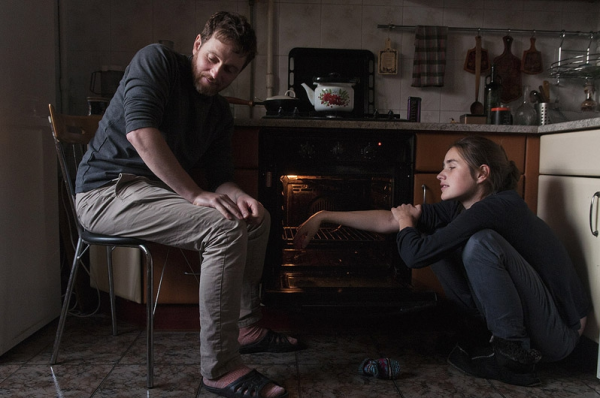
Photograph by Oksana Yushko © from her ongoing project ‘Familia‘
Making Borscht
My time in Ukraine was often centred around people, connections, laughter, and food. On my day off I wanted to make something that would remind me of Ukraine. And like Oksana Yushko’s project that photographs couples from both sides of the Ukraine-Russia border, I went for a dish that is synonymous with both these Slavic countries: Borscht.
Having been served this delicious soup countless times in Ukraine yet paid shamefully little attention to how it is actually made, I looked to this Guardian article for a recipe, and was really pleased with the results (I doubled the below ingredients to serve eight people). Its also a red soup, so its an ideal dish (very tenuously!) for Valentine’s day…
Given the cultural importance of this dish in Ukraine (and Russia), I wouldn’t be surprised if it has inspired academic attention from anthropologists and the like, much like Nancy Ries focusses on the potato to talk about post-Soviet survival in Russia. But I digress.
Ingredients:
-
300g beetroot, peeled
50g butter
1 small onion, 1 small carrot, 1 stick of celery, 1 small leek, all peeled where necessary and cut into small dice or rings
2 grains allspice
½ bay leaf
1.5l gelatinous beef stock
2 medium floury potatoes, eg Maris Piper, peeled and cut into small dice
½ small cabbage, shredded
4 cloves garlic, peeled and crushed
2 tbsp cider vinegar
1 tsp sugar
½ tsp ground black pepper
Sour cream and fresh dill, to serve
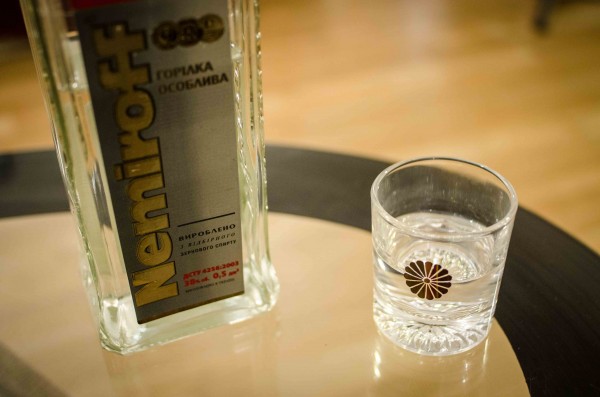
Full the full ‘imagined geography’ experience, why not one or two glasses of Ukrainian vodka?
The borscht tasted delicious and reminded me of Ukraine, which I guess was the whole point. When I finish the PhD and start writing papers about my Fukushima research I think I will have to learn how to cook Ramen. But until then, I’m going to eat another bowl of borscht – its back to the thesis tomorrow.
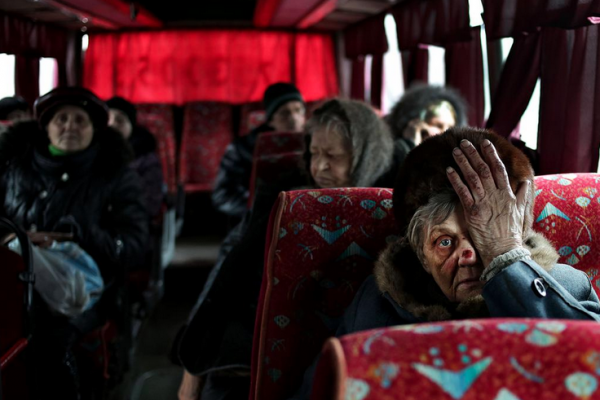

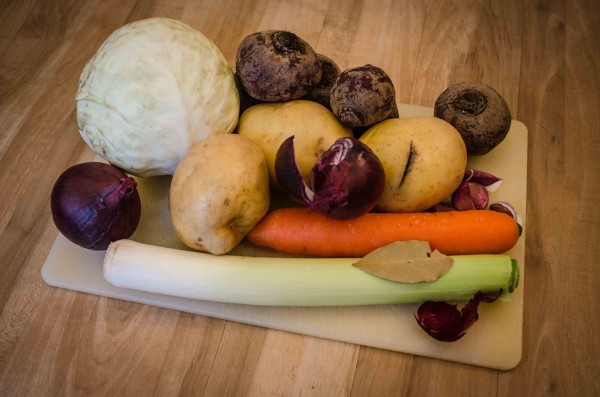
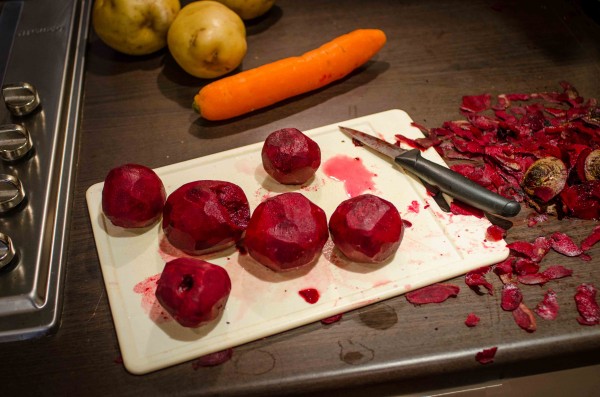
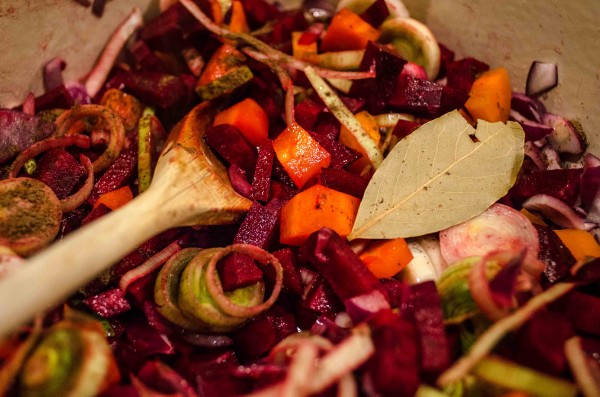
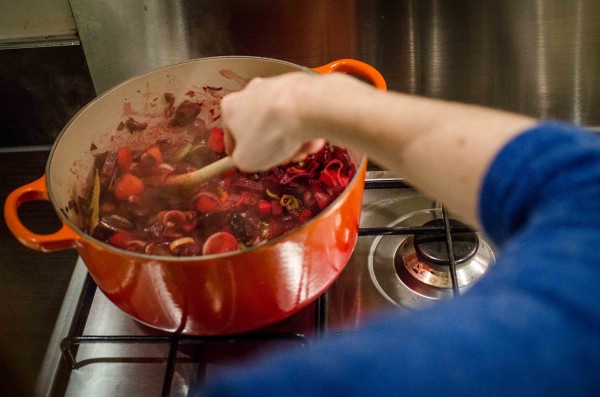
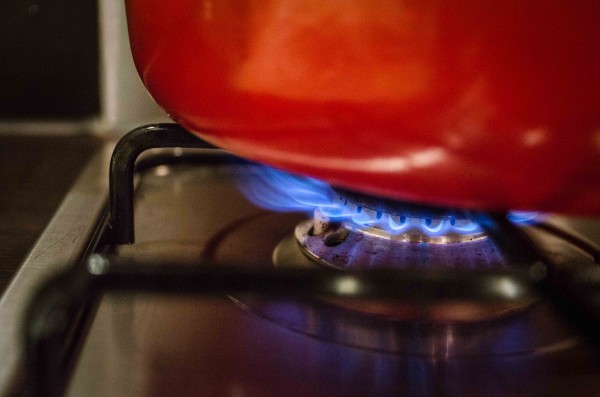
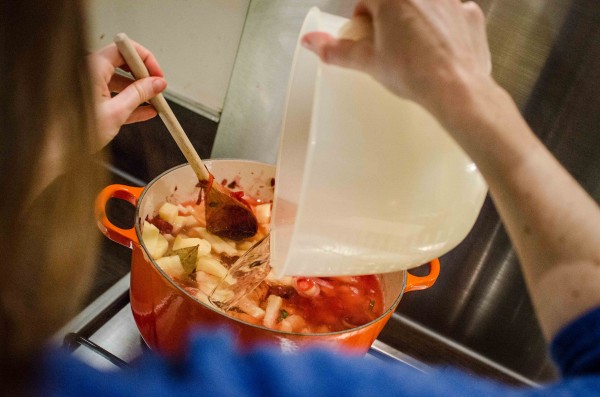
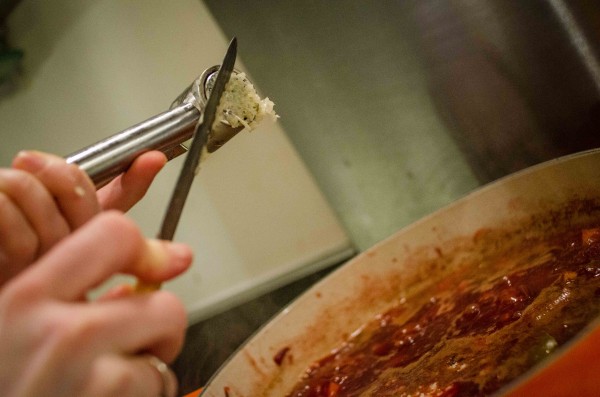
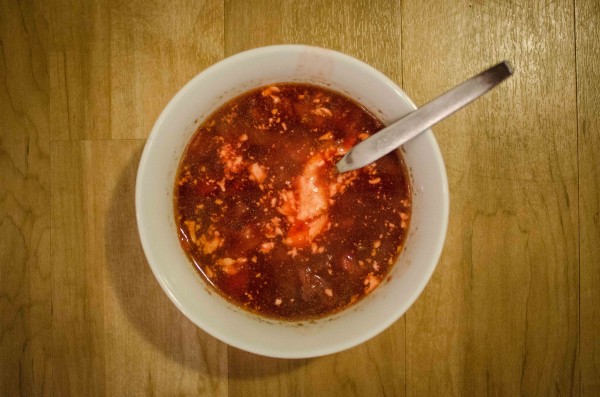
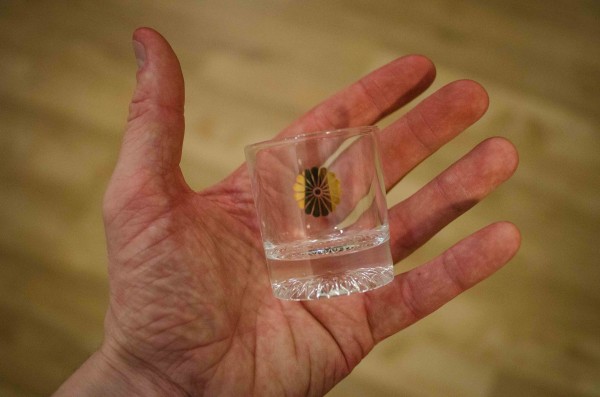





Well deserved and well spent day off Thom!
Thank you, now I have a weeks supply of borscht to get through!